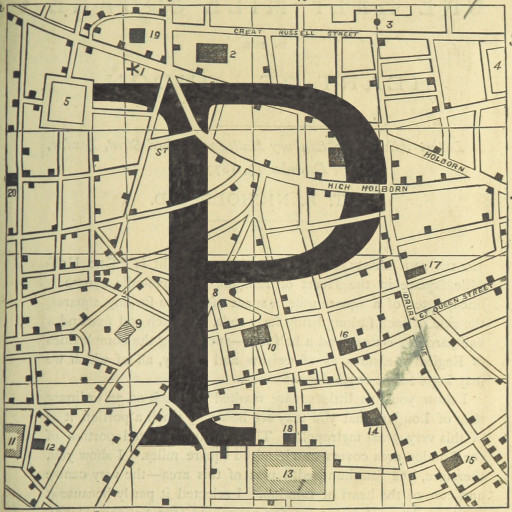 Though we have quite a thorough ‘About’ page, I thought it would be useful to list (in no particular order) the main points of interest in the Poetic Places project.
Though we have quite a thorough ‘About’ page, I thought it would be useful to list (in no particular order) the main points of interest in the Poetic Places project.
This may be of particular use for others working on this sort of project in the cultural heritage sector so I’ve endeavoured to be upfront about the various aspects below.
Creative Use of Open Collections
Almost all of the content, written and visual, in the Poetic Places app, is drawn from open collections made available online under Creative Commons licenses.
Cross-Silo
Poetic Places draws content from multiple collections and resources. You can find a list of these here.
Context
We have provided narrative context for every ‘entry’ in Poetic Places, whether this be about the poem, poet, place or artwork. This helps to combine the selected materials into a cohesive whole, put the materials in context, and provide memorable historical information.
Sum of the Parts
By combining different types of media from different collections and adding narrative context, each ‘entry’ in Poetic Places is more than the sum of its parts.
Permissions and Rights
Utilising GPS for triggers has meant that we haven’t needed permission from anyone to use landmarks/private locations as triggers. Focussing on open collections and old literature has also cut down on (though not completely removed) copyright woes.
Replicable
Poetic Places was planned and executed in a way that could be replicated by small cultural heritage organisations with regards to time, cost, and technical difficulty.
No Programmer Required
Poetic Places has been created with next to no programming by utilising an online app-building platform with a graphical interface. You can read more about the platform here.
Low Budget
Poetic Places has been initially funded by the CreativeWorks London Creative Entrepreneur-in-Residence scheme. Sarah Cole was awarded £5k by this scheme to work on the project. This sum has covered all expenses including Sarah’s time, occasional licensing fees, and software/technical costs (the latter of which were in the region of ~£500).
Quick to Create
The Poetic Places app was built and launched within a seven-month period. This included researching app creation platforms, researching content, checking copyright, designing the app, populating the app, and launching it to app stores.
Demystifying
It is hoped that Poetic Places helps to demystify apps—particularly location-based ones—for those thinking of developing their own.
Sustainable
Building Poetic Places with a pre-existing and commercial platform should facilitate the upkeep of the app; rather than having to rejig the app with every update of the operating systems ourselves to avoid it breaking, the platform provider should take care of that. Whilst there will be annual costs to maintain the app, these should not be excessive. We are, however, dependent on the continued existence of the platform.
Expandable
Poetic Places has launched as a pilot project. We hope to expand it to include more contemporary materials, works by a greater diversity of poets, locations worldwide, more prose, and audiovisual media. Poetic Places also has the capacity to expand at a technological level, detailed elsewhere on this page.
Multimedia
Poetic Places currently utilises only text and images but has the capacity for audio and video content, which we hope to include in the future.
GPS, Bluetooth Beacons, QR Codes
Poetic Places utilises GPS and geofencing to generate notifications when users come upon a physical location with associated content in the app. This works for outdoor locations and allows for triggers to be associated with locations without landowners’ permission. However the GPS accuracy of individual devices varies and geofences require an area ~50m+ in diameter to be effective, so geofences are less useful for indoor or small locations.
Poetic Places does also have the capacity to utilise Bluetooth beacons and QR codes.
Residencies
Poetic Places is the outcome of a short-term creative residency. Creative residencies allow for new opportunities, experimental projects, and can get things done without being constructed by organisational structure. We hope this project demonstrates the value and potential of such residencies.
Crowdsourced Information
Both the Poetic Places website and app allow users to make suggestions about future content; we’d like to draw on the expertise and personal knowledge of that those who are passionate about literature They can also submit their own work for consideration.
Top image from the British Library Flickr collection: page 66 of ‘Illustrated Penny Tales. From the “Strand” Library. no. 1-10’
